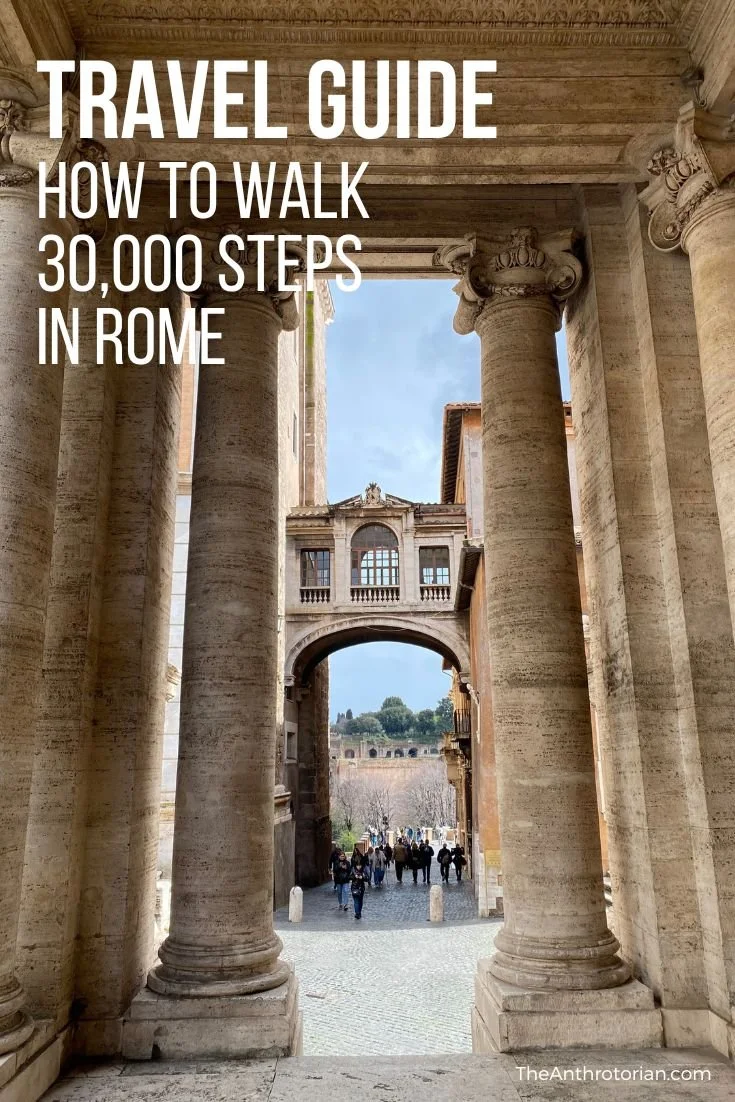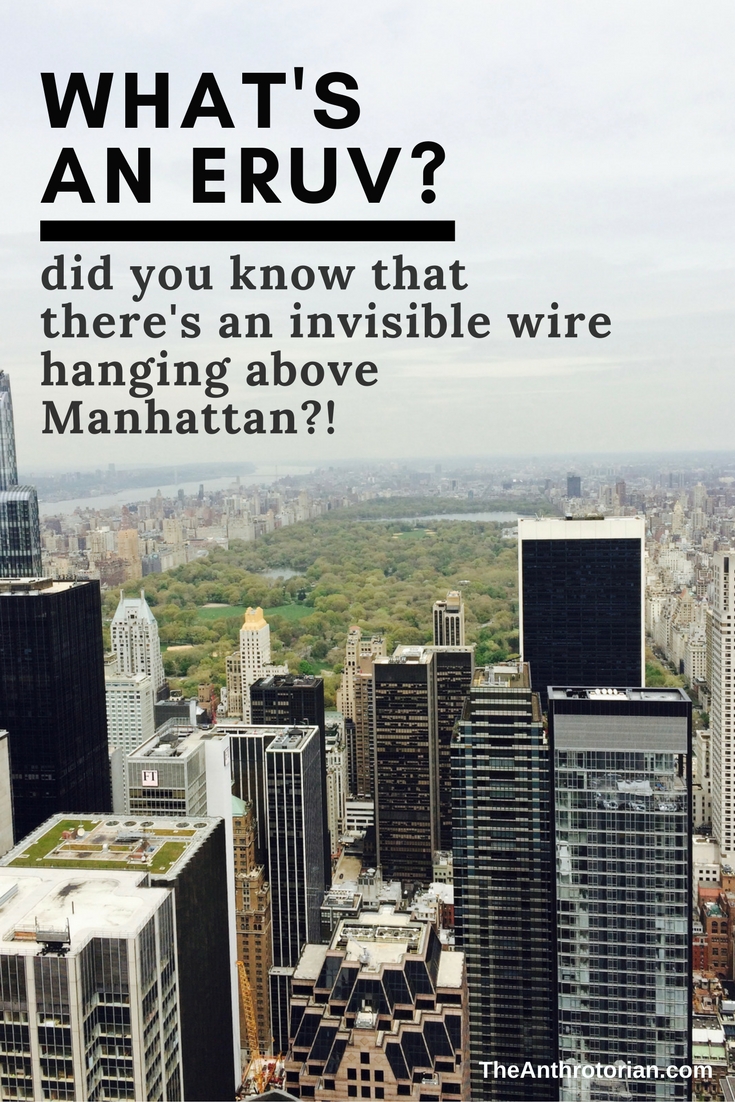Don’t take a tour
There are, of course, exceptions to this rule.
If taking a tour is safer (I took a tour into the Korean Demilitarized Zone for example) or less expensive than doing it yourself, it is absolutely worth it.
I’m referring to the walking, sightseeing, museum tours that, in the age of smartphones and Lonely Planet Travel Guides, are a complete waste of money for the budget traveler. Anything that these human guides are going to tell or show you could easily be discovered yourself with very little effort.
These paid tours are often affiliated with certain restaurants or shops and will usually begin or end with a visit to them where you will be forced to browse or eat in a ‘tourist friendly’, unauthentic environment. So, not only do they often waste your money, but your time as well.
Ask a local
Locals are your most valuable source when it comes to saving money. They are the people who can tell you where the best (affordable) spots to eat, party, and sightsee are. They are also great at giving you tips on how to experience the local (often free) hot spots.
Remember that the concierge at your hotel (in a hostel, this is not an issue) is not necessarily a "local" when he is doing his job. He is paid and trained to tell you typical tourist things to do. Talk to waiters, bartenders, desk clerks and local business owners for more authentic tips. They are the ones who will be in-the-know about what is going on in their city.














